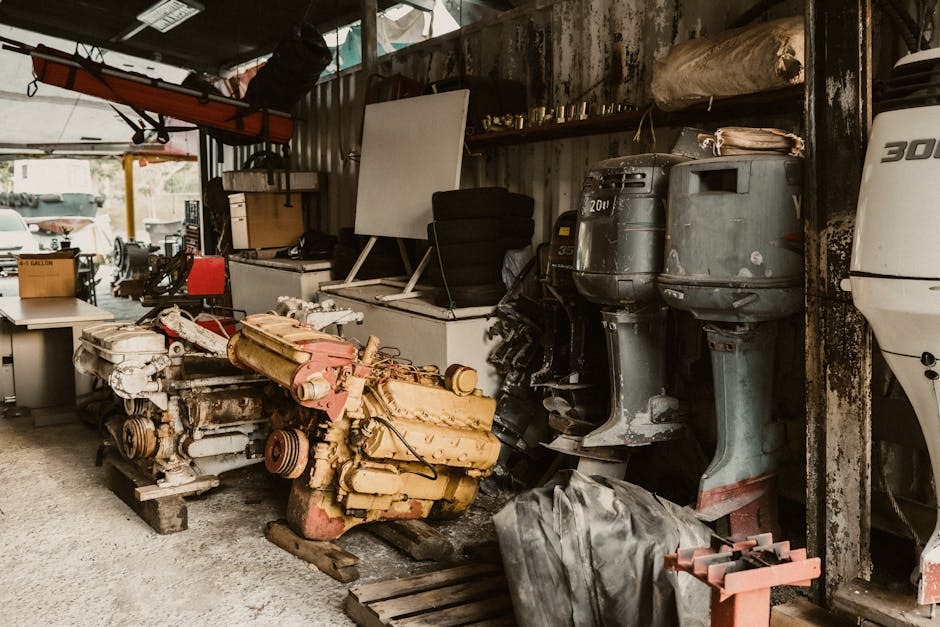Understanding CAD Engineering in Emergency Component Production
CAD engineering plays a crucial role in creating components quickly during emergencies. It allows engineers to design and produce parts rapidly and precisely. CAD engineering is essential in emergency situations because it enables the quick turnaround of parts to keep operations running smoothly. With CAD engineering, manufacturers can swiftly create the necessary components without compromising on quality or accuracy.

Importance of CAD Engineering in the Manufacturing Industry
CAD engineering is crucial in the manufacturing industry as it allows for the design and production of components with precision and efficiency. With CAD engineering, manufacturers can create detailed virtual models of products, identify any potential issues, and make necessary improvements before the actual production process begins. This technology streamlines the manufacturing process, reduces errors, and ultimately leads to higher quality products being produced in a shorter amount of time.
Benefits of Using CAD in Emergency Component Production
CAD engineering offers several benefits when producing components in emergencies. Here are some advantages:
- Speed: CAD enables rapid design and modification processes, allowing for quick turnaround times in emergency situations.
- Accuracy: CAD software ensures precise measurements and specifications, reducing the margin for error in component production.
- Cost-efficiency: Using CAD can lead to cost savings by optimising material usage and minimising production wastage.
- Flexibility: CAD allows for easy customisation and adaptation of component designs as per evolving emergency requirements.
- Quality: CAD engineering helps uphold high standards of quality control, ensuring reliability and functionality of emergency components.
How CAD Optimises Production Efficiency in Emergencies
CAD, short for Computer-Aided Design, enhances production efficiency in emergencies by allowing rapid creation and modification of component designs. In urgent situations, CAD enables engineers to swiftly design parts, simulate their functionality, and generate accurate prototypes, reducing the time needed for production. This streamlined process ensures quick response to emergencies and facilitates the manufacturing of critical components with precision.
Key Components of CAD Software for Engineering
CAD software is essential for generating detailed designs and models. It allows engineers to create precise measurements and accurate representations of components. Some key components of CAD software include:
- 3D Modeling: Enables engineers to visualise components in a three-dimensional space.
- Parametric Design: Helps in making changes and updates to designs efficiently.
- Assembly Design: Allows for the creation of complex assemblies by combining multiple components.
- Simulation and Analysis Tools: Assist in testing the functionality and performance of the designed components.
- File Compatibility: Allows for easy sharing and collaboration on projects with different software programs.
Understanding these key components of CAD software is crucial for engineers in emergency component production.
CAD Engineering Design Process for Emergency Component Production
During emergencies, CAD engineering swiftly designs components to meet critical needs. The design process involves creating digital models of the required components. Next, engineers analyse and refine these models for functionality and compatibility. Finally, the designs are tested rigorously for performance and durability before production begins.
Prototyping and Testing in CAD Engineering
Prototyping and testing are crucial steps in CAD engineering. They allow engineers to create a sample version of a product and check if it performs as intended. Prototyping involves making a preliminary model of the product. Engineers can identify any issues early on and make necessary adjustments. Testing is then done on the prototype to ensure it meets the required standards. CAD software facilitates these processes by providing the tools needed to create, visualise, and analyse prototypes.
Ensuring Precision and Accuracy with CAD in Emergency Situations
In emergency situations, CAD engineering ensures precise and accurate production of components. CAD, short for computer-aided design, allows for efficient creation of detailed designs that meet specific requirements. With CAD, engineers can quickly develop and modify designs to meet the urgent needs of emergency situations. Precision and accuracy are crucial in such scenarios to ensure that the components fit perfectly and function effectively. Using CAD technology helps in speeding up the production process while maintaining high levels of accuracy, ultimately aiding in the swift resolution of emergencies.
Collaborative Efforts in CAD Engineering for Efficient Component Production
When teams collaborate in CAD engineering for component production, they can boost efficiency by streamlining the design process. With multiple experts working together, they can identify issues quicker and develop solutions faster, leading to a more efficient production timeline. This collaborative effort ensures that all aspects of the component’s design are thoroughly reviewed and optimized for manufacturing, resulting in high-quality components delivered in a timely manner.
Future Trends and Innovations in CAD Engineering for Emergency Manufacturing
In the world of CAD engineering for emergency manufacturing, there are exciting future trends and innovations to keep an eye on. Some key developments include:
- Additive Manufacturing: Also known as 3D printing, this technology is becoming more prevalent in emergency component production due to its ability to quickly create complex parts.
- Cloud-based CAD Software: This innovation allows engineers to work collaboratively on designs from anywhere in the world, increasing efficiency and flexibility in emergency manufacturing.
- Automation and AI Integration: With artificial intelligence being integrated into CAD software, engineers can streamline the design and production process, reducing human error and speeding up emergency component manufacturing.
By staying informed about these trends and innovations, CAD engineers can adapt and stay ahead in the fast-paced world of emergency component production.

